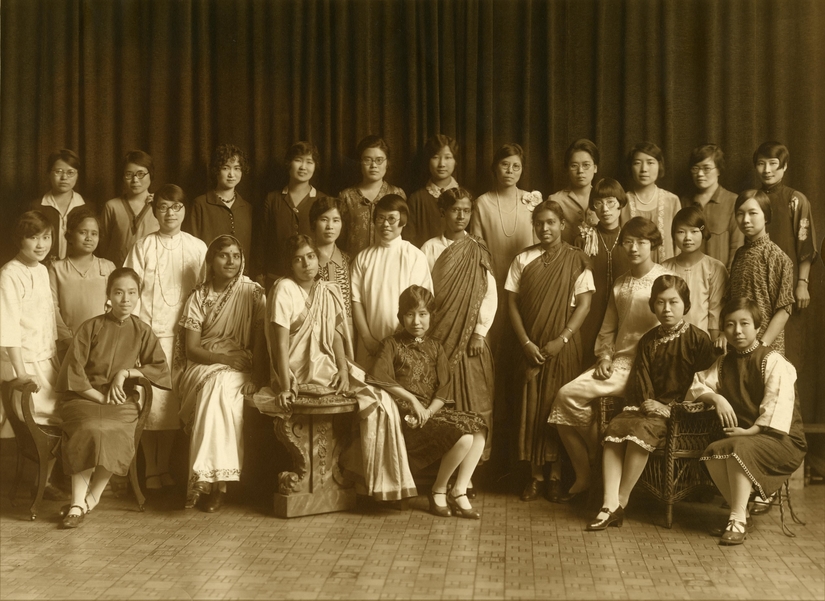Global Students? The International Mobility and Identity of Students from Colonial India and Indochina, 1880s–1945
DOI:
https://doi.org/10.17169/GHSJ.2018.233Abstract
This article explores the connections between student mobility and identity construction in colonial Asia from the 1880s to the end of the Second World War. It focuses on the international experiences of students from British India and French Indochina, underscoring differences and commonalities between these two colonial populations and thus, challenging the definition of ‘colonial student.’ Members of both groups went abroad to complete their educational training. While only a handful of Indians had moved to foreign territories in the last decades of the nineteenth century, international mobility picked up pace from the turn of the twentieth century on. These international students were driven by different motives that reflected individual and collective goals at the same time: getting a degree to secure a professional and social position was as important as being a part of the anticolonial and nationalist movements. Additionally, religious motives could also play a role. Belonging to a specific community—whether colonial, national or religious—influenced student flows, and identities were in turn shaped by the experiences the students made abroad. Student unions, for example, tried on the one hand to gather students of the same origin while they also aimed to create a cosmopolitan community in some instances.

Downloads
Published
Issue
Section
License
Copyright (c) 2018 Sara Legrandjacques

This work is licensed under a Creative Commons Attribution 4.0 International License.





